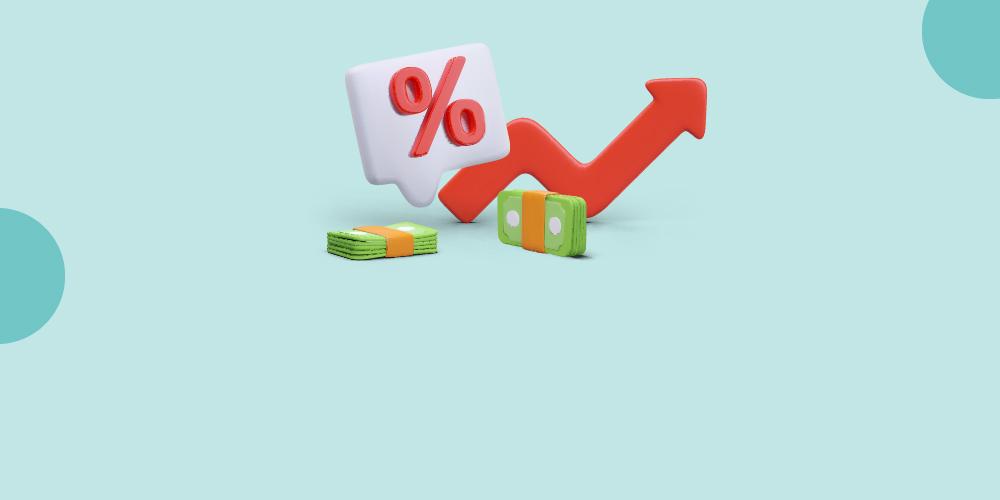- Home
- Blogs
- Fixed Deposit
- Fd Interest Rates Fluctuate
Top Factors Influencing Fixed Deposit Interest Rate Movements
Reviewed by: Fibe Research Team
- Updated on: 12 May 2025
Reviewed by: Fibe Research Team

Fixed Deposits (FDs) are known for their safety, fixed returns and simplicity. For many Indians, they’re a preferred savings tool. They are ideal for planning short and long-term goals. You can invest without the stress of market ups and downs.
But FD interest rates don’t always stay the same. A bank might offer 6.5% today, and revise it to 7% just a few months later. These changes, however, are not random. They reflect economic changes, policy decisions and broader banking trends.
Knowing why the bank FD interest rate in India fluctuates can enable you to invest better. By investing at the right time, you might receive better returns.
FD interest rates are influenced by a combination of external and internal factors. External factors include the Reserve Bank of India’s (RBI) repo rate, inflation trends and overall economic conditions. Internal factors involve a bank’s own liquidity position, credit demand and funding requirements. Together, these shape how banks revise or maintain their fixed deposit rates from time to time.
Let’s dive into the detailed reasons of what caused these fluctuations:
These reasons often act together, leading to both expected and sudden shifts in FD rates.
Even a small change in FD rates can impact your overall returns. This is especially true for long-term investments. Let’s assume you invest ₹10,00,000 in a 5-year FD:
That’s ₹25,000 more, just by locking in at a slightly higher rate. FDs work best when you stay informed about rate cycles and invest accordingly.
Here’s what you can do to get the most out of your FD investments:
FDs are one of the most stable ways to build wealth steadily. And with the right timing and strategy, you can make the most of them. Having said that, if you ever need funds urgently, you don’t have to break your FD. A Fibe Personal Loan can help you access up to ₹5 lakhs quickly, without any collateral. The entire process is 100% digital and hassle-free.
You can also book an FD through Fibe in just a few clicks. Just download the Fibe App to get started while your investments keep growing!
FD rates change due to many reasons. These include the RBI’s repo rate, inflation, liquidity, loan demand and investor behaviour. Banks adjust their rates based on these changes.
Each bank sets its own FD rates. But these are influenced by RBI policy, market trends and the bank’s internal needs.